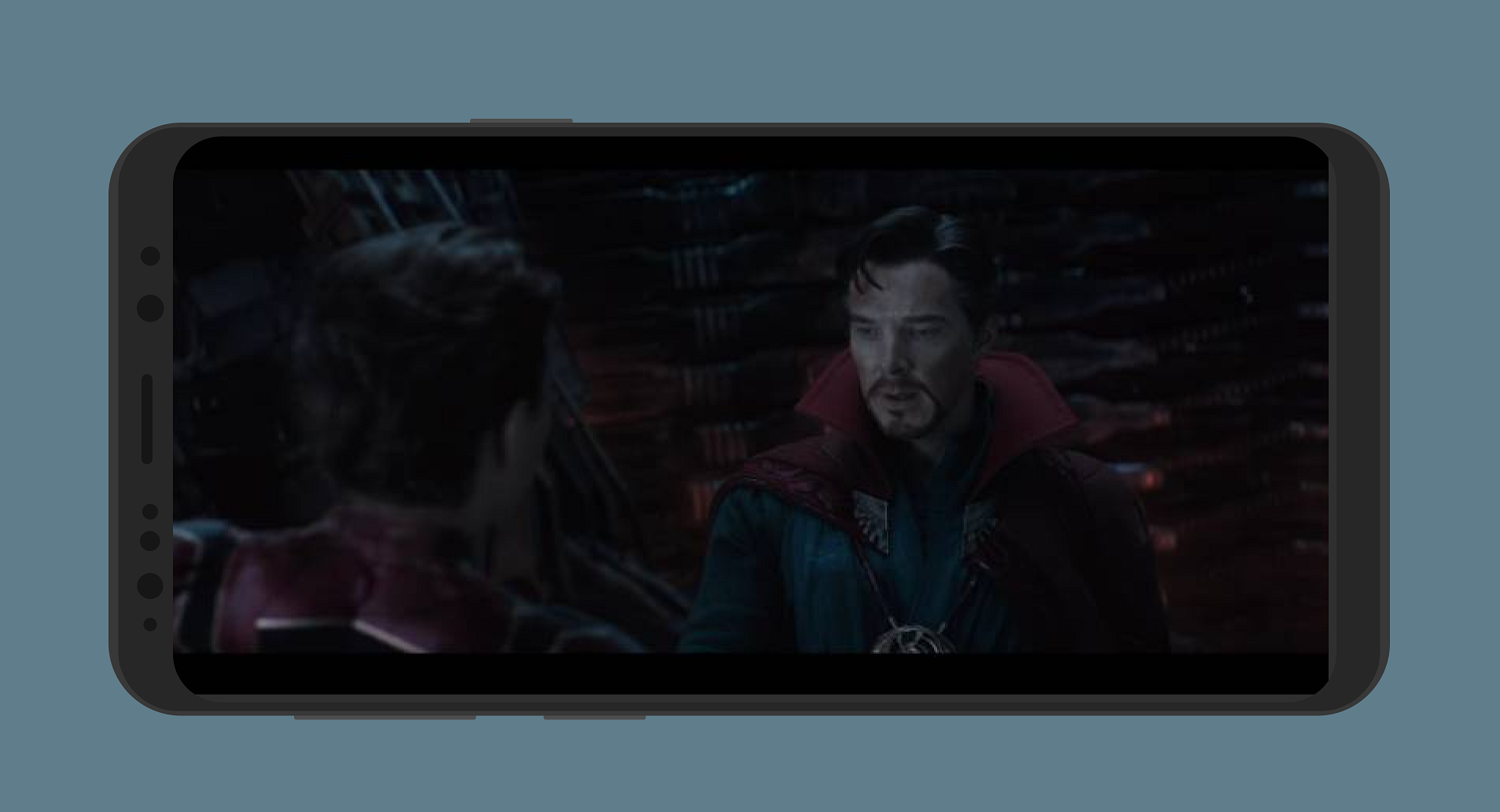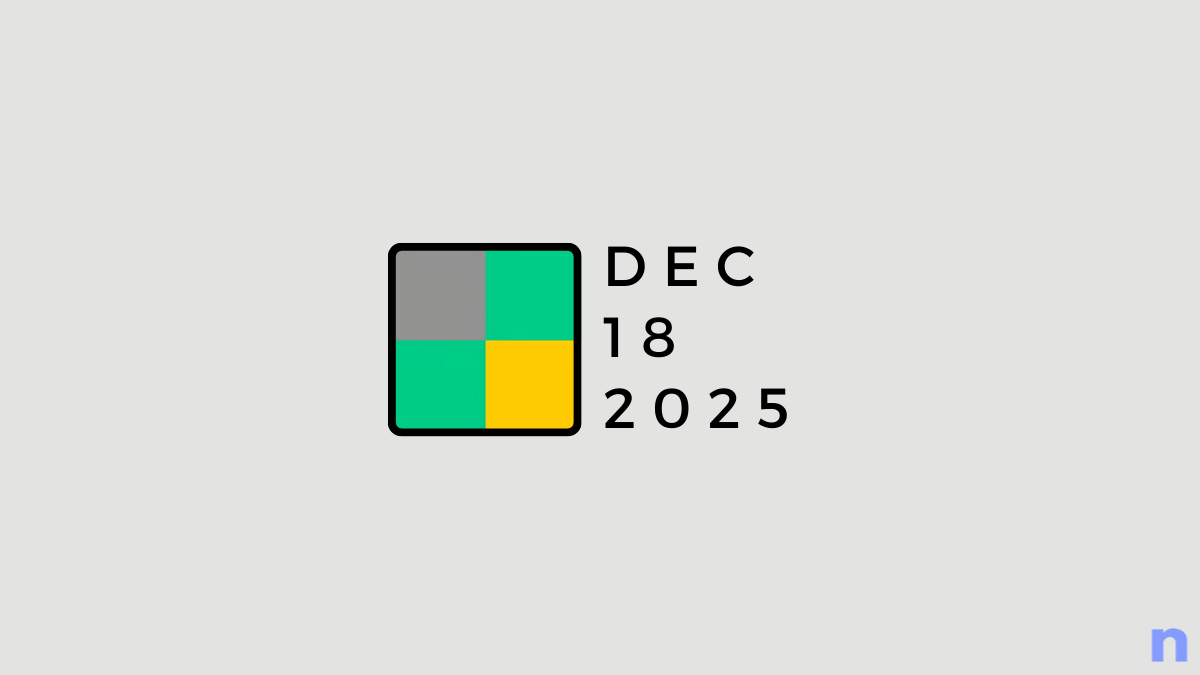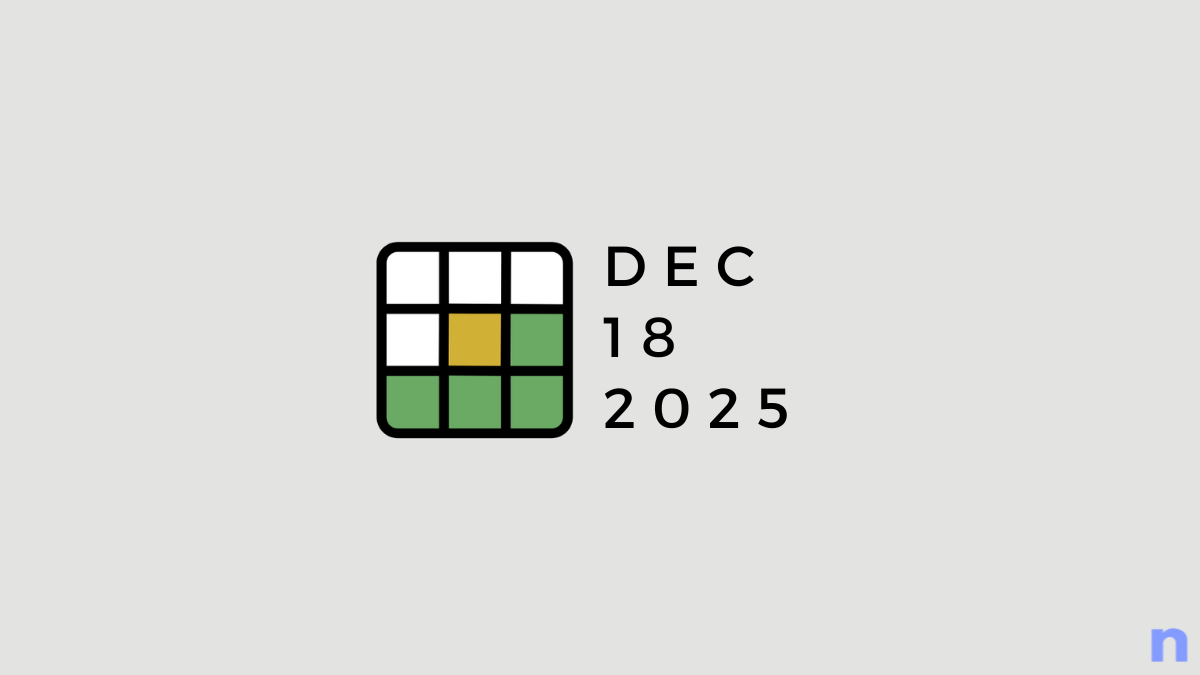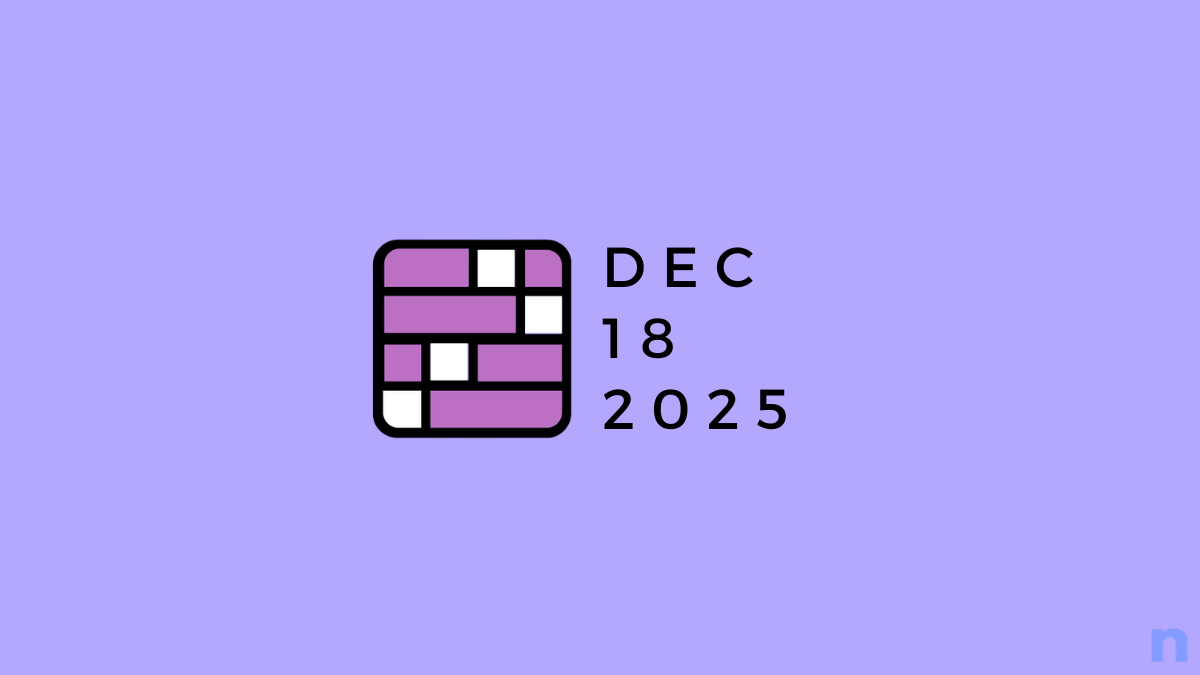Update [June 24]: At the end of May, Samsung rolled out a software update that fixed the Galaxy S9 Plus black crush and gradient banding issues – an update that also installed May 2018 security patches to the handset. Unfortunately, this update did not reach every user of the smartphone, with T-Mobile, for some reason, choosing to skip the update altogether.
The Magenta carrier, however, was quietly working on making these fixes available for users of the Galaxy S9 Plus, something that happened beginning June 21 as part of the June 2018 security patch.
[Original article] The Galaxy S9 and S9+ were released this year with the AMOLED display that Samsung has been developing for decades, which is also now easily considered at the best on any smartphone. Despite being popular for scoring the best performance when producing deep blacks and rich colors on its sAMOLED panels, several conflicting reports over the issues with the Galaxy S9 display are surfacing.
It seems that despite housing a powerful AMOLED WQHD+ resolution display, the Galaxy S9 is suffering from black crush and gradient banding issues. Umm, also termed as black color blending issue, or the black crush, or pixelated screen where the screen is showing the black color. The problem isn’t entirely new and has already been experienced in the past by users, where the blacks in videos turn out to be too blocky and grainy, thus depleting the quality of dark videos.
Related: Common Galaxy S9 problems and their solutions [Ask us for help!]
The intensity of this issue has been different for users, but there’s no doubt over the fact that the black crush and gradient bending issue exists. Since the problem is noticeable mostly in low brightness, you might even pass it off as nothing out of the usual, and while the issue was only tied to lower quality OLED panels from LG until now, it seems Samsung AMOLED panels are no different either.

Users have tested out the issue for themselves by comparing the quality of darker videos on the Galaxy S8 to the Galaxy S9, and there is considerable black crush that is noticed. As you can see from the image above, the Galaxy S9 seems to display deeper shades of black compared to the Galaxy S8, which is causing the grainy effect.
Is this a hardware issue?
Although the issue seems quite hardware-intensive, you’d be surprised to know that a lot of black crush issues that were reported on the Google Pixel devices arose after a software update. This hints to the fact that you can surely expect Samsung to address this display problem in the near future with the software update release. With that being said, don’t expect the black crush and gradient banding issue to go away completely, as it is just how the OLED panels work.

How to fix black crush and gradient banding issue on the Galaxy S9
While you wait for a software update from Samsung to save you from the woes of black crush, there’s something you can do about it yourself by calibrating the screen manually. Thanks to the Screen Balance app, you can easily calibrate the display of your Galaxy S9 to reduce the effects of pixelated black color reproduction, or black crush and gradient banding, to quite an extent.
- Download the Screen Balance app for free from the Google Play Store.
- Install the app and grant the Screen Balance app Accessibility permission to work.
- With the app now enabled, set the Fluorescent to “warm”.
- Use the slider to set the Strength to “60%”.
- Set the Contrast to “100%”.
The difference it deep blacks may not be ground-breaking, but the difference will surely be noticeable once you have the Screen Balance app configured. Hopefully, once Samsung is able to send out a software update for the issue, it would be even more effective it combating the gradient blending problems.
Are you among the handful who are severely noticing the effects of black crush on your Galaxy S9? Be sure to stay tuned and we’ll bring you any other updates on the situation.

![[Update: Fixed] Galaxy S9 reportedly suffers from black crush and gradient banding display issue, here’s a fix though](/content/images/wp-content/uploads/2018/03/black-crush-and-gradient-branding-issue-on-galaxy-s9-and-s9.png)










Discussion